#Akiji Kobayashi
Text

#kamen rider#kamen rider 1971#tokusatsu#shotaro ishinomori#Hiroshi Fujioka#Takeshi Sasaki#Jirō Chiba#Akiji Kobayashi#Wakako Oki#Gorō Naya#Shinji Nakae#takeshi hongo#Hayato Ichimonji#Tobei Tachibana#Kazuya Taki#rider girls#Masaki Wachi#japanese tv show#old japanese tv#kaijin#kaiju#shocker#original kamen rider
2 notes
·
View notes
Photo
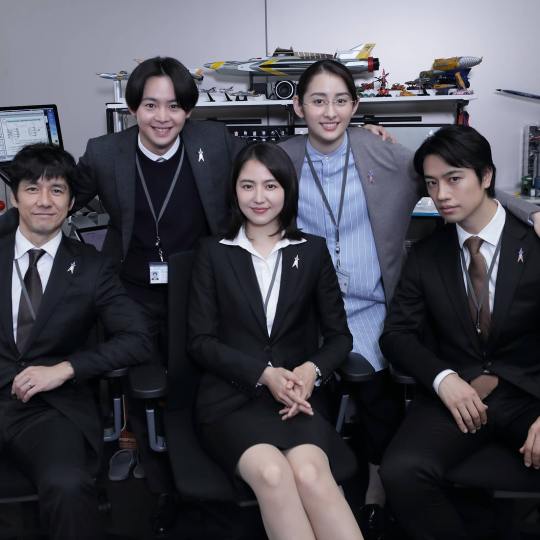

Science Patrol (Shin Ultraman 2022 vs Ultraman 1966) by 東宝MOVIEチャンネル
Ultraman 1966 - SSSP (Science Special Search Party)
Susumu Kurobe as Shin Hayata, the Ultraman
Akiji Kobayashi as Captain Toshio Muramatsu, the leader
Sandayū Dokumamushi as Daisuke Arashi, the marksman
Masanari Nihei as Mitsuhiro Ide, the inventor
Hiroko Sakurai as Akiko Fuji, the communications officer
Shin Ultraman 2022 - SSSP (S-Class Species Suppression Protocol)
Takumi Saitoh as Shinji Kaminaga, the Ultraman
Masami Nagasawa as Hiroko Asami, the analyst
Hidetoshi Nishijima as Kimio Tamura, the leader
Daiki Arioka as Akihisa Taki, the physicist
Akari Hayami as Yumi Funaberi, the biologist
#science patrol#shin ultraman#takumi saitoh#masami nagasawa#hidetoshi nishijima#daiki arioka#akari hayami#ultraman 1966#susumu kurobe#akiji kobayashi#sandayū dokumamushi#masanari nihei#hiroko sakurai#tsuburaya productions#toho movie#ultra series#ultraman#sssp#japan
82 notes
·
View notes
Photo
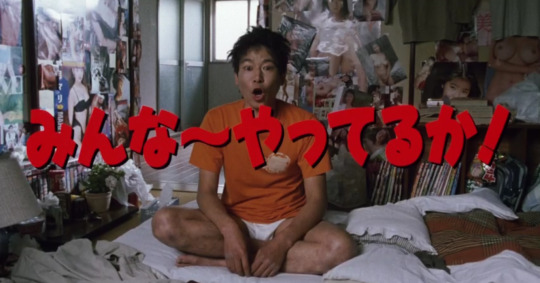
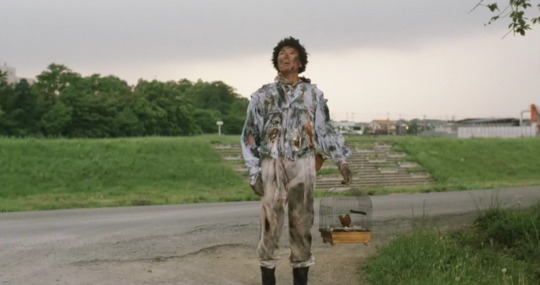


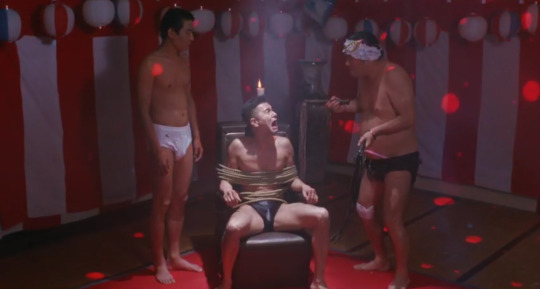


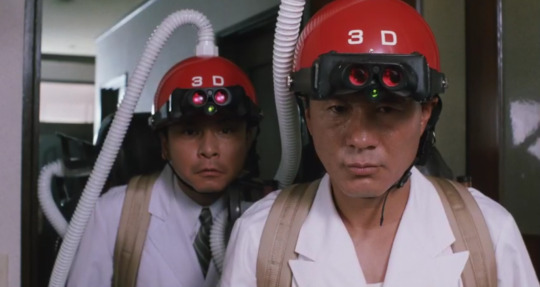


Getting Any? (1994)
#getting any?#getting any#takeshi kitano#beat takeshi#dankan#hakuryu#akiji kobayashi#gadarukanr utaka#tokie hidari#makoto ashikawa#talks
1 note
·
View note
Text
Godzilla vs King Ghidorah (1991)

The time travel story of Godzilla vs King Ghidorah doesn't make any sense. I don't mean this in a 'well if you think about it it's inconsistent how it blah blah-' kind of way, I really just think it does not and was not particularly intended to make sense. This was the movie that made young me realize that the division between 'canon' and 'headcanon' for fiction is totally arbitrary. I just need to get this straight in my mind.
The inciting incident of the film is a big UFO appearing over Japan, containing time travelers from the future, who announce that Godzilla's going to destroy Japan soon, and they invite three 20th-centuriers to join them, so that they can go back in time to World War II when Godzilla was just a regular-sized (still pretty big) non-radioactive dinosaur, and stop Godzilla from being exposed to radiation.
First things first, I do not understand what the consequences of altering the past are going to be. The futurians' story is that Godzilla is going to destroy Japan and they want to help us.
Assuming the goal is to prevent Godzilla from destroying Japan in the 21st century, from the perspective of people from the 23rd century, they propose to do this by going to 1944, by way of a stop in 1991 to pick up a science fiction author, a dinosaur expert, and a girl who sometimes has psychic powers. Does the friendly visit imply that they are asking our consent, or need our help? Another explanation escapes me.
When they get to 1944, Godzilla is wounded by American naval bombardment, and they teleport him to the Bering Strait, where presumably there will not be many nuclear bombs. The 1991ers stay in the time ship, and serve no purpose I can discern.
Secretly, the futurians leave behind three genetically engineered animals, to be exposed to radiation in Godzilla's place and turn into King Ghidorah.
So, hold up.
What happens when you change past events via time travel? I am taking it as given that it is possible to change events via time travel, but to what degree and in what ways? Like, broad strokes.
They want to stop Godzilla from destroying Japan in the 21st century, so they stop Godzilla from being 'born' back in 1954 by moving him in 1944.
Consequentially, King Ghidorah (whom the futurians control) exists in place of Godzilla in the timeline. What that means is very vague, the thing that makes the most sense to me is that there has been a Marty McFly-style fade out of Godzilla in 1991 and a reverse fade-in of King Ghidorah; everybody still knows about Godzilla, the sci-fi author's publisher calls him to discuss his *book* about Godzilla, so the consequence of time travel has just been to create one monster in place of another, and move Godzilla to the Bering Strait. I can accept this, but why exactly did the futurians take along a bunch of jerks from the 20th century? Again, do they want their consent, or do they need their assistance? Maybe they needed to bring some 1991 people along like an 'anchor' to that time period - pure speculation on my part.

Either way, Emi, the futurian who has second thoughts about destroying Japan with a giant monster, makes a point of showing off the little ghidoras to Miki Saegusa, nominally the psychic character, who gets no bad vibes whatsoever from the futurians or the little ghidoras. Why does Emi show them to Miki at the point when she's still in on the plan to release them? She *executes* the plan to release them! What, narratively, does Miki in this movie?
The plan, as I understand it, is that the futurians are going to secretly control ghidora while offering a supercomputer defense system (which they presumably will also control? this also may be the computer controlling ghidora, but I'm unsure if translation issues have added to my confusion) to Japan.
If they have a trojan horse to offer, why didn't they just offer it in the first place to protect against Godzilla? Why the extra step of making ghidorah? Or why not do it the other way around?

Godzilla gets big and radioactive again somehow, and beats the crap out of Ghidorah, just really wrecks him, trucks him like the jobber he is and takes off his middle head. Emi goes back to the future, patches Ghidorah up with a cyborg body, and comes back to 1991 to handle Godzilla.
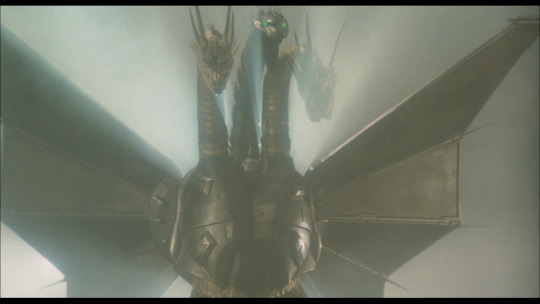
Hey hold up why didn't the futurians just make a big robot in the first place. Well because this isn't Godzilla vs King Ghidorah and Mechagodzilla (but it coulda been).
My favorite scene in the movie is when Shindo is in his office, facing Godzilla, believing him to be the savior he was in 1944. But what is the nature of Godzilla? Shindo and his office explode in blue flame. I am Shindo, I have questions. Godzilla explodes me as if to say "this is a movie with a cool cyborg dragon and you are definitely overthinking it".

Wait hold up. They make a big todo about why they're not bringing Shindo back to the past, and they make a big point of how you can't have two of the same people at one time at once, and if you do that one of them has to vanish. I don't know if this is a weird half-remembered version of the grandfather paradox, but what if they just took 1944 Godzilla along with them to the future, since the futurians *want* to get rid of Godzilla permanently, why can't they do that? It can't be that he's too big, they have that whole big-ass ship.
And why can't they go back and redo it again? What can they and can't they do? What is the future like? What changes when you time travel to the past? How is it experienced by the people who *don't* time travel? Could it be that time has overwritten all the other Godzilla movies to be King Ghidorah in his place?
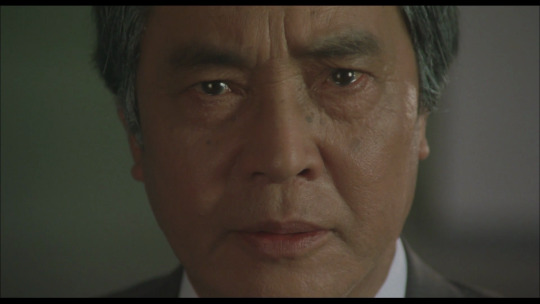
#Godzilla vs King Ghidorah#Godzilla#kaiju#King Ghidorah#Love to see Akiji Kobayashi in anything though
5 notes
·
View notes
Text
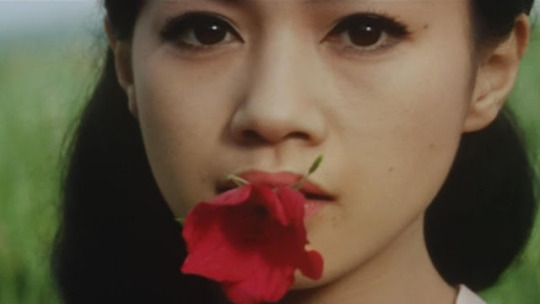
Mariko Kaga in Pleasures of the Flesh (Nagisa Oshima, 1965)
Cast: Katsuo Nakamura, Mariko Kaga, Yumiko Nagawa, Masako Yagi, Toshiko Higuchi, Hiroko Shimizu, Shoichi Ozawa, Kei Sato, Rokko Toura, Fumio Watanabe, Hosei Kamatsu, Akiji Kobayashi. Screenplay: Nagisa Oshima, based on a novel by Futaro Yamada. Cinematography: Akira Takada. Art direction: Yasutaro Kon. Music: Joji Yuasa.
With a burst of bluesy music, Pleasures of the Flesh starts out like a film noir, and the plot setup follows suit. The young tutor to a pretty teenager kills a man who has molested her, but the act has been witnessed by a man who has embezzled funds from his place of work. In an attempt to blackmail the tutor, the embezzler says he won't tell the police if the young man will hide 30 million yen of the loot. The embezzler expects to be arrested, he says, but he'll return for the money after serving his prison sentence. If the tutor has spent any of it, he'll tell the police about the murder. The tutor reluctantly agrees, but then the plot not unexpectedly begins to tangle. The tutor, Atsushi (Katsuo Nakamura), is in love with the teenager, Shoko (Mariko Kaga), but too poor to win her parents' approval. He's so devastated when she marries that he begins to lose his mind. The embezzler has in fact gone to prison, and Atsushi decides to live it up on the 30 million yen, then kill himself when the embezzler has served his term. And so begins a series of flings with four women, each of whom he pays to live with him. There's a showgirl with a gangster boyfriend, a married woman whose husband is desperately in debt, a doctor who insists on remaining a virgin, and a mute prostitute with a thuggish pimp. None of these attempts to wallow in the titular pleasures of the flesh ends well, and then, just as Atsushi spends the last of the money, he learns that the embezzler has died in prison. As if that outcome weren't ironic enough, the embezzler also told a fellow inmate about the 30 million yen he had stashed with Atsushi and when he's released he comes in search of the money. It's a moral tale straight out of Boccaccio or Chaucer, but writer-director Nagisa Oshima is faced with modernizing it and doesn't quite succeed. There's a bit too much fancy camerawork as Oshima interpolates Atsushi's obsessive visions of Shoko and paranoid ones of the embezzler into the narrative. The moral tale still feels heavyhanded. But Pleasures of the Flesh is the work of a major filmmaker at the outset of his career, and as such rewards watching.
3 notes
·
View notes
Text
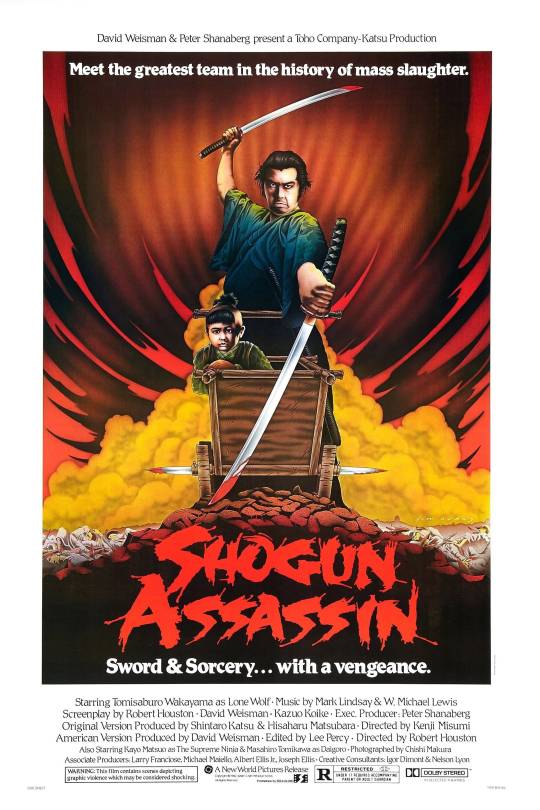

CALIFICACIÓN PERSONAL: 6.5 / 10
Título Original: Shogun Assassin
Año: 1980
Duración: 85 min
País: Estados Unidos - Japón
Dirección: Robert Houston
Guion: Robert Houston, Kazuo Koike, Goseki Kojima, David Weisman. Manga: Kazuo Koike
Música: W. Michael Lewis, Mark Lindsay, Kunihiko Murai, Hideaki Sakurai
Fotografía: Chisi Makiura
Reparto: Tomisaburô Wakayama, Kayo Matsuo, Minoru Oki, Akiji Kobayashi, Shin Kishida, Akihiro Tomikawa, Shogen Nitta. Voz: Lamont Johnson, Marshall Efron
Productora: Coproducción Japón-Estados Unidos; Baby Cart, Toho, Katsu Production
Género: Action; Adventure
TRAILER:
youtube
0 notes
Photo

Promotional photo for YOUTH OF THE BEAST [ 野獣の青春, Yajū no Seishun ] (1963).
A film directed by Suzuki Seijun [ 鈴木 清順 ]. Starring Shishido Jo [ 宍戸 錠 ], Watanabe Misako [ 渡辺美佐子 ], Kawachi Tamio [ 川地 民夫 ], Kobayashi Akiji [ 小林昭二 ], Kaneko Nobuo [ 金子信雄 ], Go Eiji [ 郷 鍈治 ], Abe Yuriko [ 阿部 百合子 ], and Esumi Eimei [ 江角 英明 ].
1 note
·
View note
Text

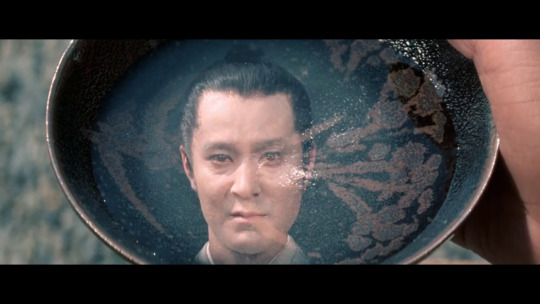

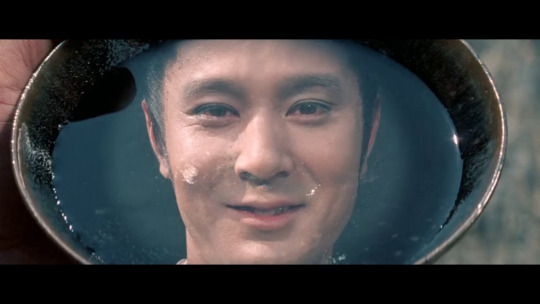


Kwaidan (1964)
2 notes
·
View notes
Link
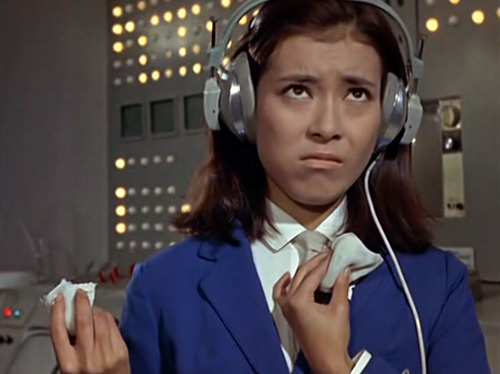



#skydon#sssp#science patrol#akiko fuji#hiroko sakurai#ide#masanari nihei#captain muramatsu#akiji kobayashi#kaiju#monster#tokusatsu#sfx#sci-fi#sci-fi fantasy#tv show#tsuburaya productions#science fiction
2 notes
·
View notes
Photo

Bad movie I have Hara Kiri 1962
#Hara Kiri#Shochiku#Tatsuya Nakadai#Akira Ishihama#Shima Iwashita#Tetsurô Tanba#Masao Mishima#Ichirô Nakatani#Kei Satô#Yoshio Inaba#Hisashi Igawa#Tôru Takeuchi#Yoshirô Aoki#Tatsuo Matsumura#Akiji Kobayashi#Kôichi Hayashi#Ryûtarô Gomi#Jô Azumi#Nakajirô Tomita#Shichisaburô Amatsu#Kenzô Tanaka#Shin Nakahara#Tsuneo Ikeda#Minoru Miyagi#Takaaki Kadota#Ichirô Yûki#Gen Takasugi#Satoshi Nishida#Tetsurô Komiyama#Shûichirô Narita
3 notes
·
View notes
Photo
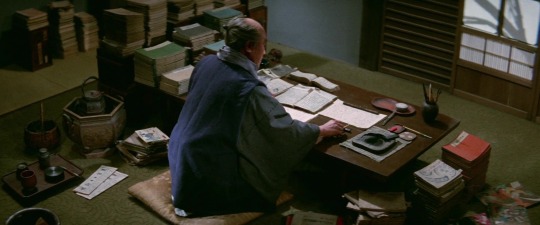
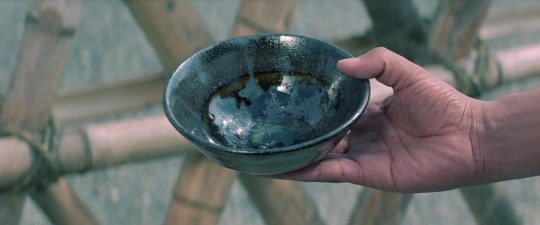



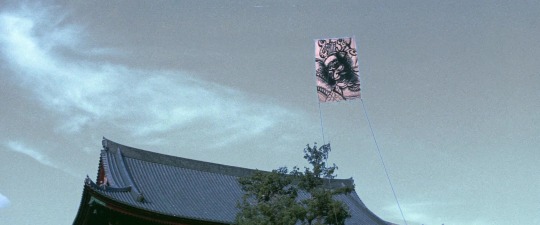



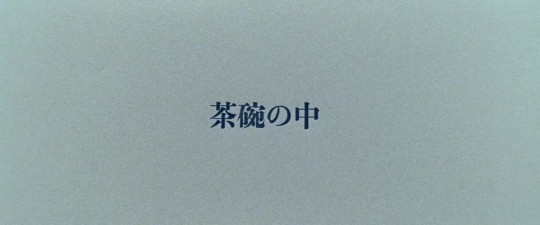
Kwaidan | Masaki Kobayashi | 1964
In A Cup of Tea
#Masaki Kobayashi#Kwaidan#1964#Kan'emon Nakamura#Osamu Takizawa#Noboru Nakaya#Kei Satô#Akiji Kobayashi#Isao Tamagawa#Kobayashi
61 notes
·
View notes
Photo

Lone Wolf and Cub: Baby Cart at the River Styx (1972)
Kenji Misumi
#lone wolf and cub#baby cart at the river styx#1972#misumi kenji#tomisaburo wakayama#akiji kobayashi#shinobi#samurai cinema#chambara#samurai#540px#mygifs#gif#filmedit
68 notes
·
View notes
Photo


Lone Wolf and Cub: Baby Cart at the River Styx 1972
18 notes
·
View notes
Photo

Lone Wolf and Cub: Baby Cart at the River Styx (Kenji Misumi, 1972)
Cast: Tomisaburo Wakayama, Kayo Matsuo, Akiji Kobayashi, Minoru Oki, Shin Kishida, Shogen Nitta, Takashi Ebata, Kappei Matsumoto, Akihiro Tomikawa. Screenplay: Kazuo Koike, Goseki Kojima. Cinematography: Chikashi Makiura. Art direction: Akira Naito. Film editing: Toshio Taniguchi. Music: Hideaki Sakurai.
Among the cinematic innovations that Akira Kurosawa is credited with is the use of a pressurized hose to spew fake blood in his 1962 film Sanjuro. The story has it that the amount of pressure needed was miscalculated, and the explosion of gore nearly knocked Tatsuya Nakadai off his feet when he received the fatal blow from Toshiro Mifune's Sanjuro. But the effect was so startling -- and so in keeping with the comic tone that pervades the movie -- that Kurosawa decided to keep it in rather than go to the trouble of reshooting. And so a continuing motif of excessive bloodletting was introduced to the samurai movie. The pressure hoses get quite a workout in Kenji Misumi's second film (of six) in his Lone Wolf and Cub series, as his hero, Ogami Itto (Tomisaburo Wakayama) continues to trundle little Daigoro (Akihiro Kobyashi) across the landscape of 17th-century Japan. Wide-eyed Daigoro is witness to all sorts of bloody encounters, and even at one point participates in them: Under attack by a small army, Ogami gives the pram containing the boy a shove into the melee, signaling him to release a mechanism that shoots blades out of the cart's wheels, cutting off a couple of the attackers below the knees. The story doesn't matter much: It's about Ogami's being commissioned to assassinate a man who threatens to reveal a clan's secret process for making indigo dye. This secret is so important that the people who plan to steal it commission ninjas to guard the man who plans to leak it, including a small army of female assassins and a trio of brothers who wear what look like large straw lampshades. Ogami bests them all in various ways, while continuing to defend Daigoro, who at one point is kidnapped and threatened with being dropped into a deep well. The film is full of ingenious ways of putting people to death, including a scene in which the guardians of the thief are crossing a desert when one of the brothers stops and plunges his iron-clawed hand into the sand, out of which bubbles a geyser of blood -- their opponents have buried themselves in the desert, planning an ambush that gets thwarted by the keen-eared brother. But eventually he too, gets what he deserves from Ogami, who cuts his throat, resulting in an almost touching moment in which the dying man listens to his final breath whistling through the wound -- a sound, he says, he always wanted to hear, but not from his own throat. It's this kind of distancing from the dismemberments and blood fountains that makes Lone Wolf and Cub: Baby Cart at the River Styx tolerable, and sometimes even poetic.
0 notes
Text

FUCK yeah!! Though this is actually a slightly sad occurrence -- the Immortal Kamen Rider Special is Akiji Kobayashi’s very last on-screen portrayal of Tachibana Tobei; though he would voice him in the comedic animated special Kamen Rider SD about 17 years later. This is our last time really seeing our good ol’ pal and mentor Tachibana in this saga, and I’m gonna miss him
9 notes
·
View notes
Photo
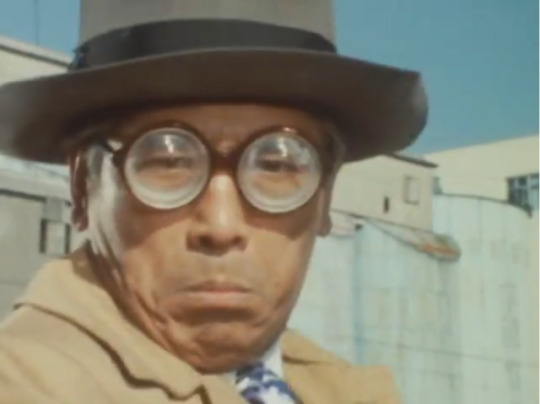
Forget to mention that Akiji Kobayashi is in Kagestar and he wears these awful coke-bottle glasses.
8 notes
·
View notes